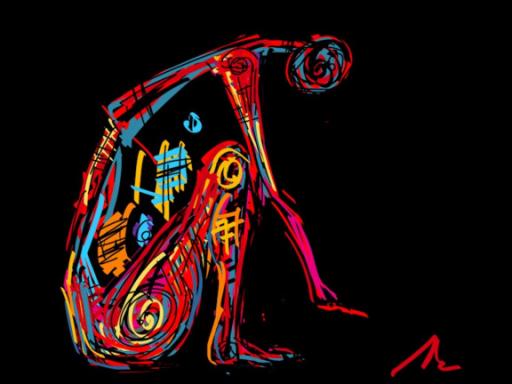...through creativity we can transform adversity to beauty and in the process transform ourselves. We can create our own lives as if we are creating a work of art. Instilled within all of our experience are layers of meaning, understanding and connection. Art is empathy, it is communication. Art allows us to step outside of ourselves, and see something inside that we could not recognise because of our external circumstances, our pain, our fear, our doubt.






























